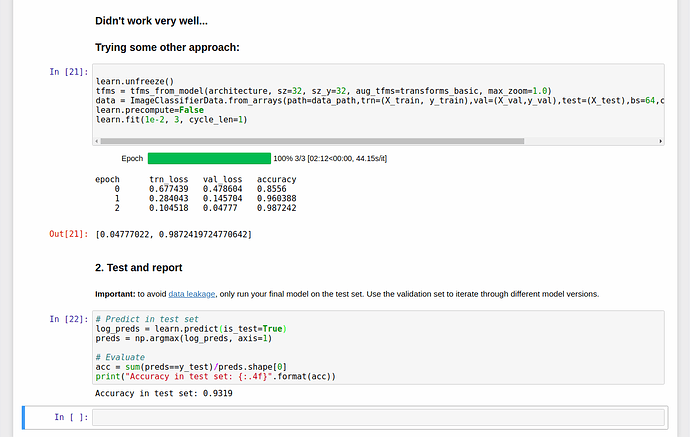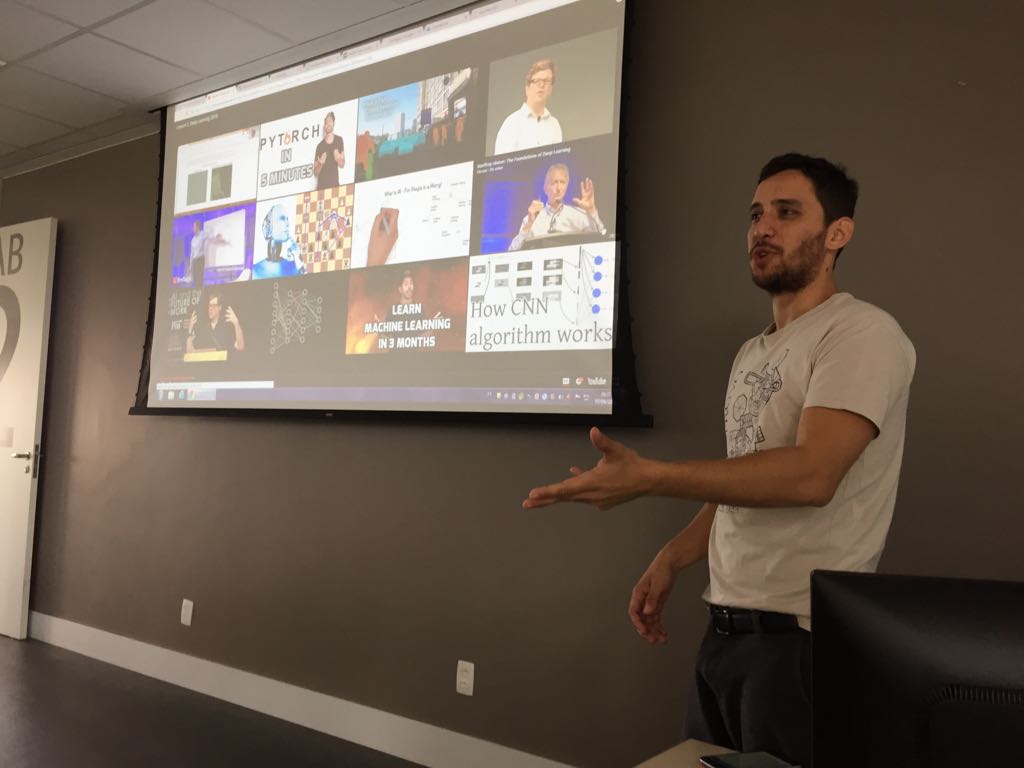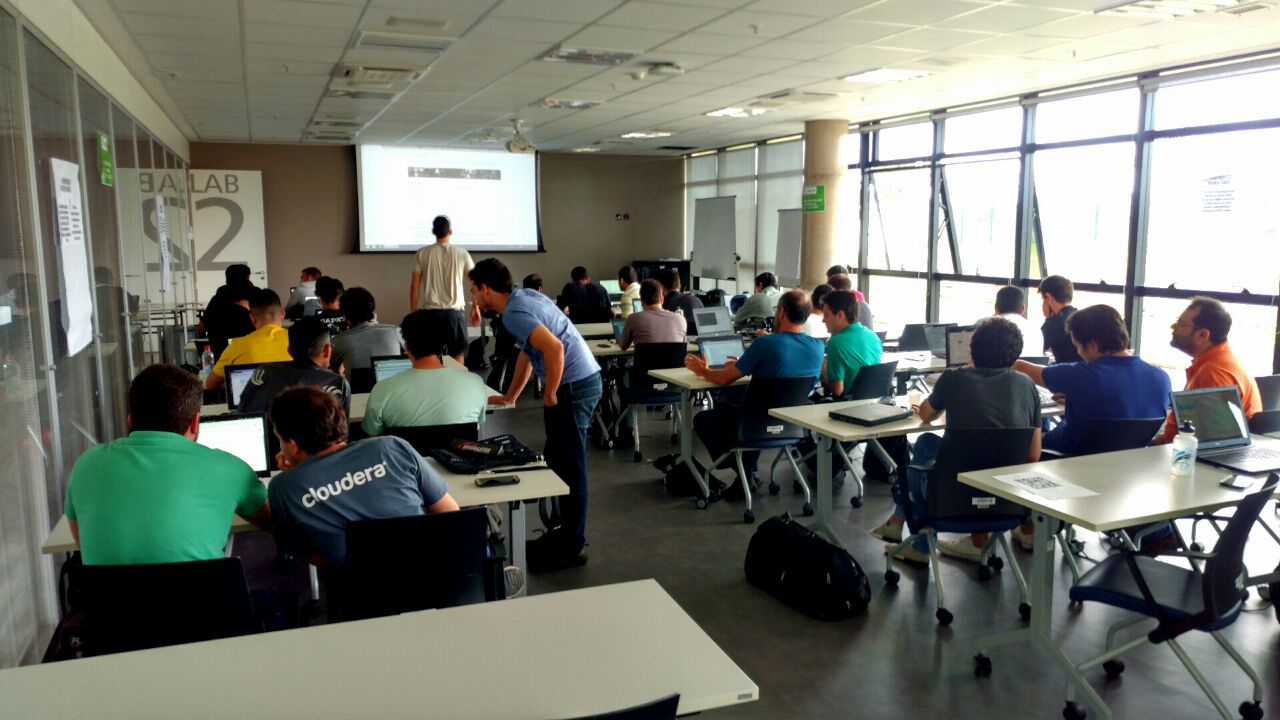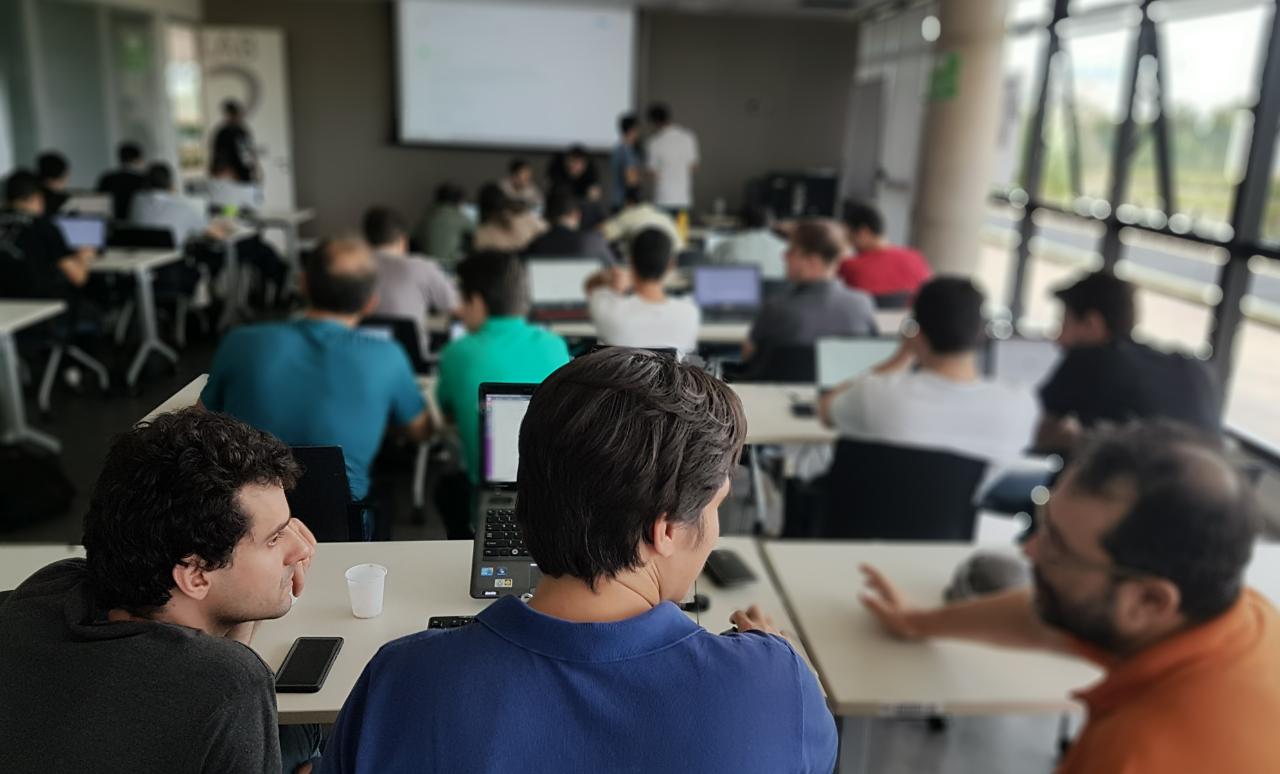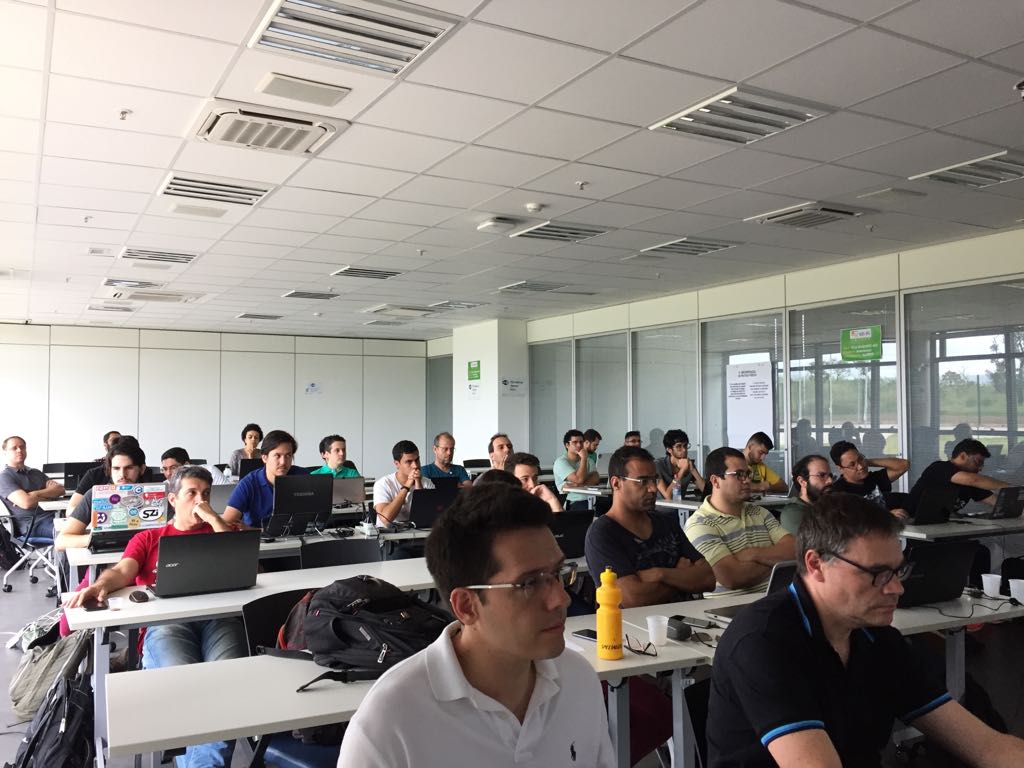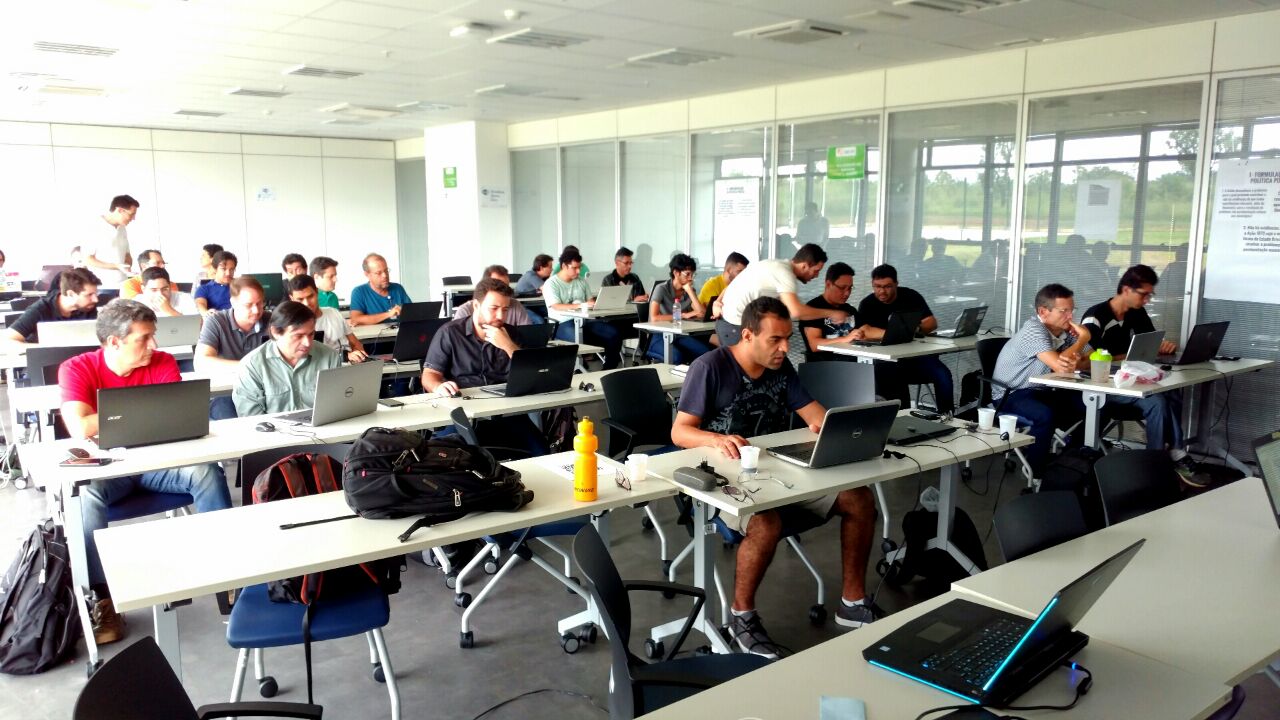<<< Post: Lição 1 | Post: Lição 3 >>>
Introdução
Na lição 2, vamos retomar alguns conceitos apresentados na aula 1 e explorar mais a fundo a metodologia e código apresentados no notebook lesson1.
Ao final, preparamos um desafio para testar nossas habilidades em deep learning usando a biblioteca fastai. Propositalmente escolhemos um desafio que não faz parte dos datasets padrões usados pelo fastai ou pelo Kaggle.
O papel do praticante de machine learning é conhecer as ferramentas, e entender o alcance da sua capacidade e suas limitações. Vamos colocar o framework do fastai a prova em um problema de mundo real apresentado como desafio em umas das principais conferências científicas de redes neurais, IJCNN, em 2011.
Agenda:
09:00-09:20 Dúvidas sobre a aula 1. Configuração dos espaços de trabalho no paperspace/crestle
09:20-10:40 Aula 2
10:40-10:50 Intervalo
10:50-12:00 Desafio!
Tópicos principais
- Escolhendo uma learning rate: learning rate finder
- Data augmentation (incremento de dados) através do módulo tfms
- Learning rate scheduler padrão vs cosine annealing
- Parâmetros num_cycle, cycle_len, cycle_mult (SGD com restart)
- Fine-tuning e differential learning rate annealing
- Walkthrough do projeto dog breeds classifier
- Opcional: configurar uma máquina virtual na Amazon
Desafio
Baixe o desafio para sua máquina virtual no link: https://github.com/lucasosouza/fastai-projects/blob/master/DeepLearningBSB-Lesson2-Exercise.ipynb
git clone https://github.com/lucasosouza/fastai-projects
ou
wget https://raw.githubusercontent.com/lucasosouza/fastai-projects/master/DeepLearningBSB-Lesson2-Exercise.ipynb
Siga os passos no notebook. Descomente as linhas na célula 5 para baixar os dados (ou rode os comandos no terminal). Deve demorar cerca de 10 minutos para baixar os dados.
E boa sorte! Discuta sua solução no fórum, tire dúvidas, comente o porquê sua abordagem deu certo ou não deu certo. Vamos entender juntos como aplicar a metodologia fastai para resolver problemas diversos de aprendizado de máquina.
Quem bater o benchmark primeiro ganha uma cerveja no próximo happy hour Deep Learning BSB!! (pago pelo Christian)
E se achar qualquer erro, não hesite em comentar aqui, enviar uma mensagem direta ou enviar um pull request com a proposta de correção.

